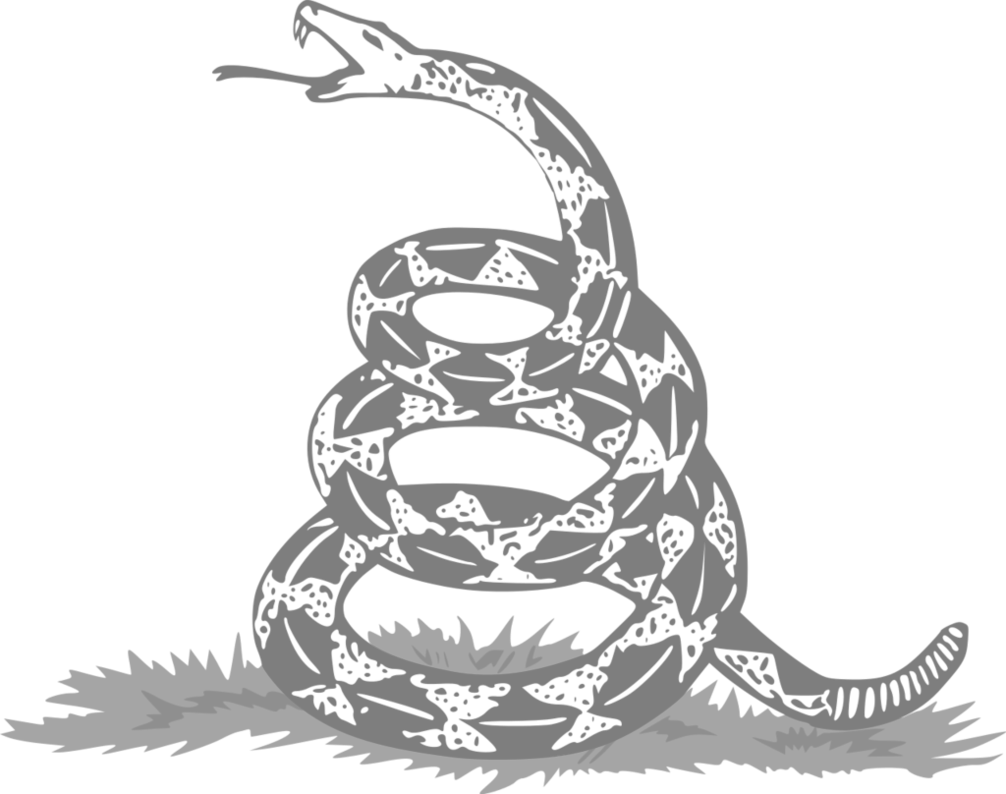Gender Gambit
The sensational series Queen's Gambit is expected to be interpreted through the prism of "gender optics". So what? There is a female heroine, there is an area filled with men where this woman succeeds. Seeing familiar signals, a progressive viewer concludes that this is about feminism and equality.
But if the series was about feminism, it would be the same dull shit, like everything else that they are trying to feed with ideology in the hope of popularity these days. In fact, it is difficult to imagine a character more distant from the social agenda and other "struggles" than Beth Harmon. She simply ignores all these questions. She throws away the doll she does not need, but at the same time, she buys expensive dresses with pleasure. She is annoyed when they try to put "female" chains on her, but she reacts with bewilderment to attempts to fashion an icon out of her, which "showed all women that ..." Harmon is not interested in either her gender or the gender of her rivals.
Harmon generally avoids any "social" issues. She refuses to be the talking head for Protestant proselytes. He treats his girlfriend's activism with irony. The CIA officer who accompanies her to the USSR is something of an annoying fly, and the fantasy depiction of the USSR is exactly how she might see the Scoop. For her, the USSR is not the country from which godless communists threaten everyone with a nuclear penis. The USSR for her is the birthplace of Borgov, a country of chess players and strange monumental architecture.
What the plot is really about - about the tragedy of a one trick pony man. Chess is the only thing Harmon is interested in. She has no education, no family, no friends (something similar appears towards the end). Harmon's only friends, besides chess pieces, are alcohol and tranquilizers - and even those in order to play better. Moreover, Harmon understands his limitations - this was her conversation with a 12-year-old Soviet grandmaster who wanted to become a world champion by the age of 16. "And what will you do next?" Harmon asks, causing the nugget to BSOD. But in reality it is her question to herself. And the main question of the ending: what will Harmon do after the victory on Borgovoy? After all, she has nowhere to move on.
Alas, The Queen's Gambit was the penultimate novel by Walter Tevis - a year after publication, he died. And we will never know what happened to the author's Harmon next. But in this text[1] they try to fantasize about what kind of continuation this story could have. Based on another novel by the same author. His debut novel, The Hustler, in which a nugget gambler defeats a champion, was also his last - the sequel, The Color of Money, published in the year of the author's death, tells how a man whose life was once entirely revolved around the billiard table, you have to look for yourself in a different occupation. Probably, the continuation of "Gambit" could be about the same.
I suppose that the author's Harmon could become anything - from the owner of a bar to a specialist in game theory. But where it's hard to imagine is in the stuffy ranks of fighters for social justice, who in fact are not much different from those Protestant grandmothers fighters against godless communism. However, if Netflix decides to make a sequel, then most likely they can perform something similar there, for the needs of a well-known segment of the audience. And we're left to wonder: Will Tevis' homemade sequel to Gambit turn out to be even more nauseating than Atwood's homemade sequel to The Handmaid's Tale?
Mihail Pojarsky 2020-12-09
- ↑ The Hustler and the QueenKevin Mims 4 Dec 2020
